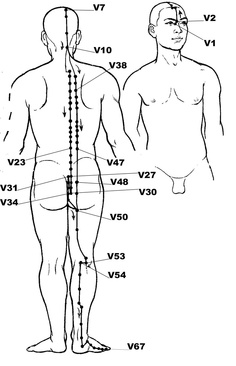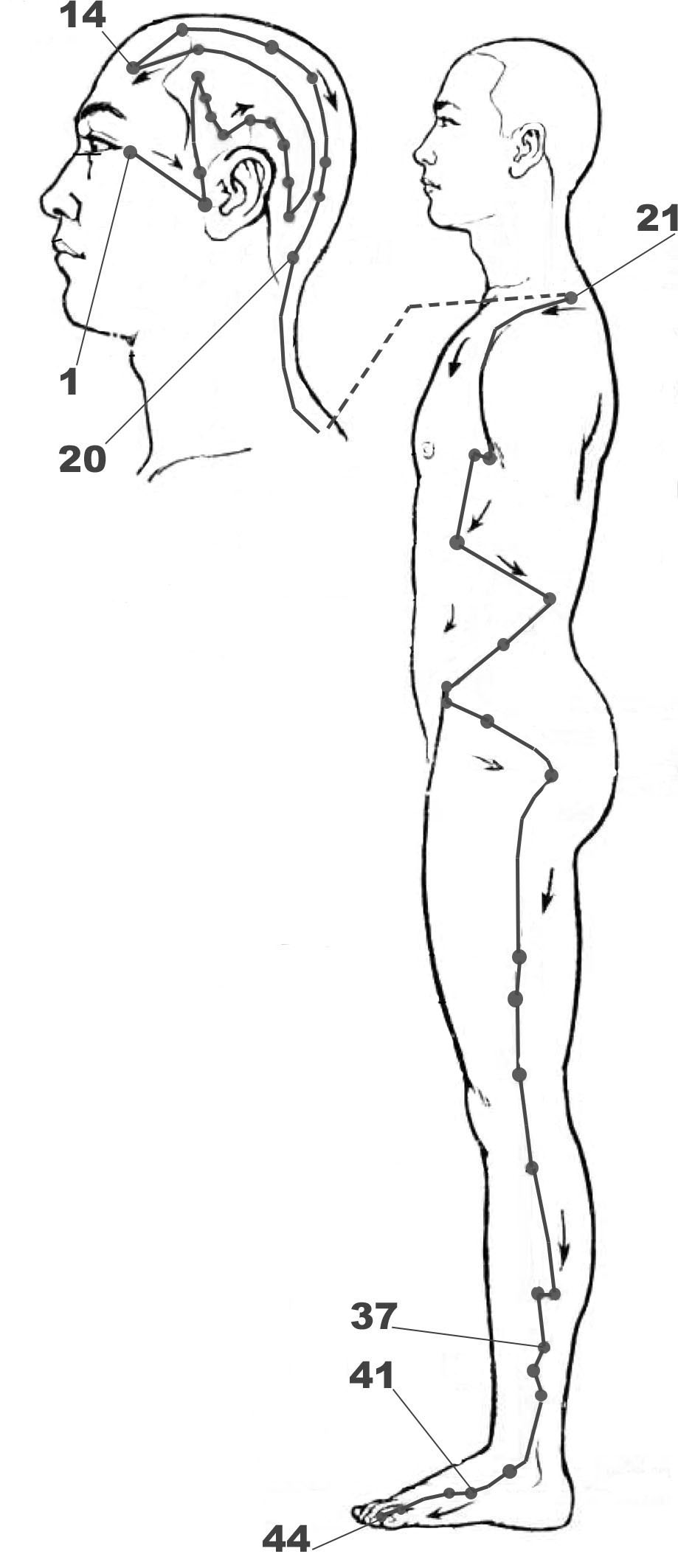It’s possible to classify the yoga posture according to different criteria.
If we classify them according to their function, we can divide them in this way:
- Samastithi
- Pashimatana
- Purvatana
- Pashva
- Parivritti
- Viparita
- Vishesa
Samasthiti
Sama means “equal” and sthiti means “to be, to stay”.
Samasthiti are yoga positions where the weight of the body is equally distributed and where there is symmetry between the two sides, some example are:
Samasthiti Padmasana Shavasana
This group of poses includes the ones that are used for meditation practice.
The samasthiti positions are also a “starting point” from where other asanas take form.
Pashimatana
Pashi means west and it refers to the posterior part of the body. (Traditionally yoga practice is done facing east, so the back of the body is facing west), ut means, “ to lift”, ”on the top” and tana means stretch.
Pashimatana refers to the stretch of the posterior part of the body, where the upper part of the body (trunk) moves towards the lower part of the body (legs). All forward bend positions fit in the Paschimatana group.
These Poses are executed during the exhalation focusing the attention on the contraction of the abdomen.
The forward bend is a passive process, in accordance with gravity, and also the exhalation that goes along the movement is a passive process, this bring us toward an introverted mental state, a similar state that we put ourselves in when we need protection, the fetal position.
So these poses trigger in our mind a state of protection, relaxation, and a “feeling of being at home”.
Anatomically this group of poses induces a stretch of the posterior fascia line, the one that run from the plantar fascia to the forehead going along the entire back (correspondent to the Urinary Bladder meridian in traditional Chinese medicine).
These poses are good to release the tension and rigidity that tend to accumulate on the back side of the body.
Examples of these positions are:
Purvatana
Purva means east, anterior, tana means stretch. Purvatana indicates the stretch of the anterior part of the body. When the trunk moves away from the legs (backbend).
The poses that belong to this group are done during the inhalation focusing on the expansion of the chest, these poses require an active movement of the body, against gravity, and also the inhalation that goes along the movement is an active process. So these poses induce an energetic-active state of mind and move the mind toward extroversion, which is useful to accomplish tasks and to overcome challenges.
They are also useful in correcting physical problems like rounded shoulders, it’s interesting to see that this postural attitude is more evident in people who suffer or have suffered of depression or by nature have a lack of self-confidence. This is a tendency of the body that reflects the pattern of the mind.
The poses that open the chest are good to counterbalance those emotional attitudes.
On a physical level those asanas act on the front line fascia (correspondent to the Stomach meridian)
Examples of poses that fit in this group:
Now is interesting to note the duality Pashimatana/Purvatana
- Pashimatana- forward bend- exhalation- abdomen-introversion-surrendering.
- Purvatana -Backbend- inhalation-chest- extroversion-energy-activity
Parsva
Parsva means lateral, this group is where we fit all the positions where there is a lateral bending of the spine.
These poses are good to correct misalignment of the spine.
On a physical level they act on the lateral fascia (correspondent to the Gall Bladder meridian).
Example of these poses:
Parivritta
Parivritta means twist, this group of poses are good to correct the misalignment of the axis, they are performed during the exhalation and the focus is on the abdomen (contraction) and the spine.
They are useful to remove blockages from the spine and abdominal area.
On a physical level they act on the fascia correspondent to the spiral line.
Example of this poses:

Viparita
Viparita means inversion. This is the group where all the inverted poses of the body occur.
The function is to act against gravity.
These poses are very good for circulation of the blood and to reduce stress and anxiety.
According to the ancient Hatha yoga text, the “Moon” –Soma (at the level of the head) produce the nectar – Amrita that is consumed by the “Sun”-Manipura (at the level of the stomach).
The viparita poses invert this process allowing the Amrita to be “saved”.
Visesa
Visesa means particular, in this group are included all the other poses that is not possible to be included in the previous groups.
It’s important to note that the different functions of the poses act not just on the physical level working on the muscles, tendons and fascia, but also on the mental level toward the energetic-pranic level. It’s always important to keep in mind the Body-Mind unity.
By Andrea Barra




















